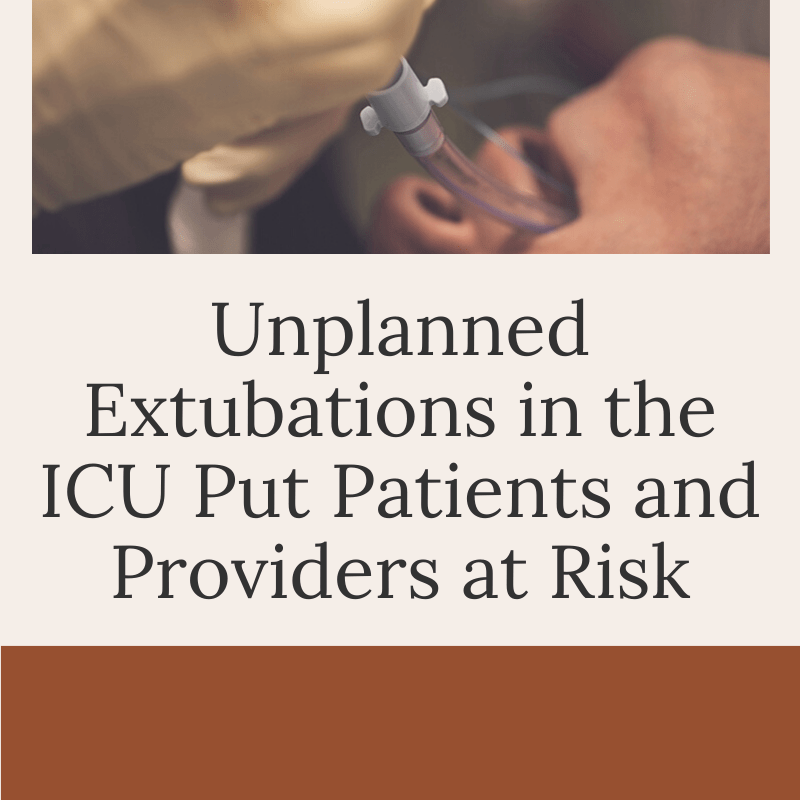Extinguishing the Burnout Caused by COVID-19
Limited Personal Protective Equipment (PPE), concern for exposure, distractions at home, uncertainty about the future – The current COVID-19 crisis has brought a host of challenges that contribute to healthcare workers feeling overwhelmed and burned out. Eloquest Healthcare has interviewed Terri and Rob Bogue, the authors of “Extinguishing Burnout,” about the signs of burnout and…
Details










